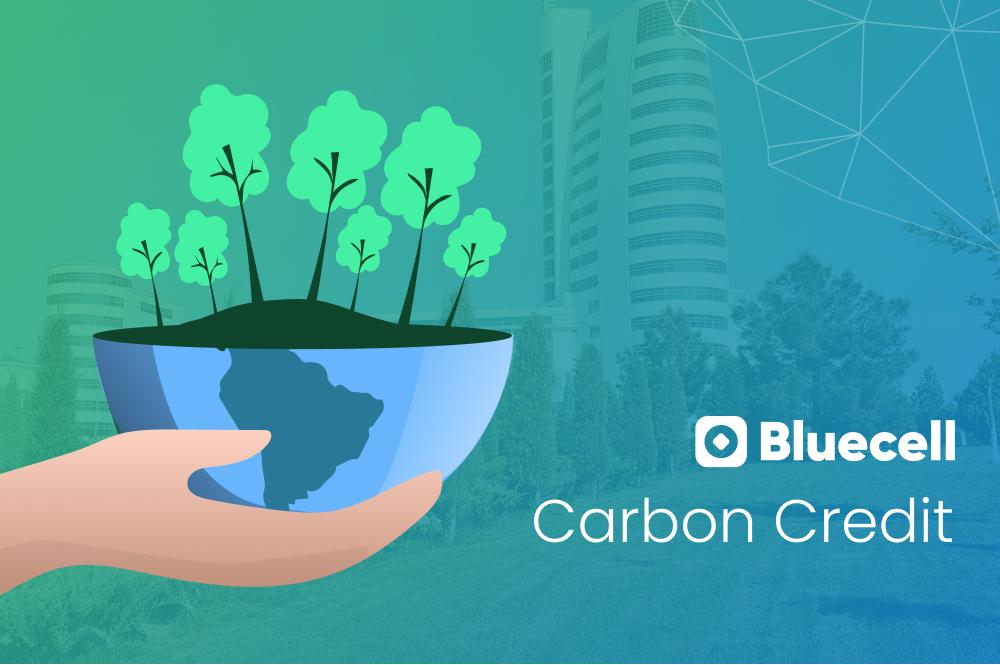Carbon Credit – the quest towards a better Future

Action needs to be undertaken now to reduce global warming that is contributing to climate change. With the ballooning list of corporate and government embarking on net zero initiatives, the pathway to net zero will involve:
1 - Reduction in own emission through low-carbon energy or use of carbon free materials
2 - Investment in carbon-neutral or negative technologies and
3 - Carbon offsets.
Carbon Offsets
Carbon offsets are a mechanism for companies and others to balance out the carbon they are emitting by investing in projects that either remove carbon from the atmosphere or avoid emitting in the first place. Many organisations buy carbon credits to fund offset projects and achieve carbon neutrality. However, carbon offsets are intended to be a last resort. The first step of any net zero plan is to use the least amount of energy or materials for own operations and to offset their remaining unabated carbon. Going straight to offsets without going through the waste hierarchy is self-defeating.
What is Carbon Credit?
Every carbon credit represents one ton of carbon either removed or avoided. In return, the company holding a carbon credit is allowed to emit an equivalent ton of carbon dioxide. The credits are tracked so that a ton can only be purchased or sold only once.
Companies can buy carbon credits to offset their unabated carbon. In some countries, the authorities set the caps on companies’ greenhouse gas emissions. For companies where immediate reduction of the emission is not economically viable, they purchase carbon credits to comply with the cap. On the other hand, companies that are able to remove or reduce the emission of greenhouse gases are rewarded with additional carbon credits. The aim is to incentivise companies to find innovative ways to reduce greenhouse gas emissions.
Carbon Credit Trading
Organisations that need to comply with their emission cap or become carbon-free can trade in carbon credits. By paying some other firms to either reduce their emissions or capture their carbon, companies can offset their environmental footprint and even use carbon credits to get to carbon-neutral status.
The trading of carbon credits can help companies and the world meet ambitious goals for reducing greenhouse gas emissions. This will also help to strengthen voluntary carbon markets so they can support climate change on a large scale.
How can Carbon Credit reduce pollutiong
The main objective for the creation of carbon credits is the reduction of emissions of carbon dioxide and other greenhouse gases from industrial activities to reduce the effects of global warming. Companies can account for their unavoidable emissions by buying carbon credits from certified activities that protect ecosystems or technologies that capture carbon from the atmosphere.
Each time a project verifies they have reduced one metric tonne of emissions, one carbon credit is created. If you emit one tonne of gases, and purchase one tonne of carbon credit, it will give a net carbon footprint of zero. The organization pays according to how much pollution they generate. The idea is that people are encouraged to pollute less, as it will cost them in terms of purchases.
Climate Impact X
Climate Impact X is a global exchange and marketplace to provide Corporates with high quality carbon credits and effective solutions to tackle climate change. Carbon credit projects can protect nature, encourage development of new technologies and positively impact local communities and biodiversity.
A new Singapore-based global exchange for high-quality carbon credits will be launched by the end of the year and allow companies to buy and sell carbon credits. The Climate Impact X exchange is a joint venture between DBS Group, Standard Chartered, Temasek and Singapore Exchange.
nature, encourage development of new technologies and positively impact local communities and biodiversity.
CIX will have two platforms catering to the needs of buyers and sellers in the form of an exchange and a project marketplace. It will facilitate the sale of large-scale, high-quality carbon credits to be sold through standardised contracts, mostly to multinational corporations and institutional investors. The project marketplace enables the purchase of high-quality carbon credits directly from specific projects. It allows a broader range of companies to participate in the voluntary carbon market by backing solutions to conserve, restore and protect natural ecosystems, in order to help them meet their sustainability goals.
nature, encourage development of new technologies and positively impact local communities and biodiversity.
Growing numbers of countries and organisations are taking steps to decarbonise, but as of now, even the most energy efficient and sustainable firms cannot completely avoid emitting carbon completely. As such, carbon credits will have a role to play, as the world progresses towards net zero.
Click here - Green Financing
Click here - Blockchain for Financial Market
Click here for more Information on related Articles: Resources




